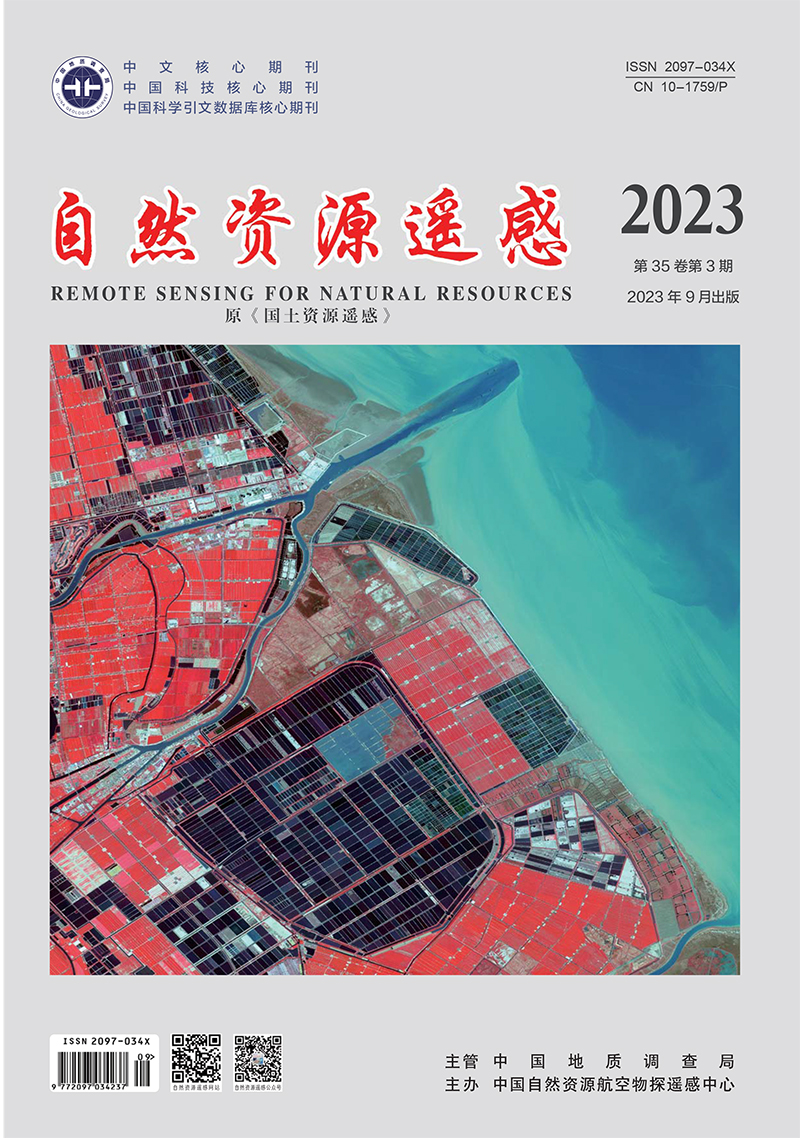ZHANG Shibo, HU Wenmin, HAN Zhenying, LI Guo, WANG Zhongcheng, GAO Zhihai. 2023. Differences in rocky desertification information extracted from GF-6 and Landsat8 using the pixel unmixing method: A case study of Puding County. Remote Sensing for Natural Resources, 35(3): 274-283. doi: 10.6046/zrzyyg.2022221
| Citation: |
ZHANG Shibo, HU Wenmin, HAN Zhenying, LI Guo, WANG Zhongcheng, GAO Zhihai. 2023. Differences in rocky desertification information extracted from GF-6 and Landsat8 using the pixel unmixing method: A case study of Puding County. Remote Sensing for Natural Resources, 35(3): 274-283. doi: 10.6046/zrzyyg.2022221
|
Differences in rocky desertification information extracted from GF-6 and Landsat8 using the pixel unmixing method: A case study of Puding County
-
ZHANG Shibo1,2,
-
HU Wenmin 2,3,4, ,
-
HAN Zhenying 1,
-
LI Guo2,3,
-
WANG Zhongcheng1,
-
GAO Zhihai4
-
1. College of Forestry, Central South University of Forestry and Technology, Changsha 410004, China
-
;2. Engineering Technology Research Center of Big Data for Landscape Resources in Natural Protected Areas of Hunan Province, Changsha 410004, China
-
;3. Department of Landscape Architecture, Central South University of Forestry and Technology, Changsha 410004, China
-
;4. Institute of Forest Resource Information Techniques, Chinese Academy of Forestry, Beijing 100001, China
More Information
-
Corresponding author:
HU Wenmin
-
Abstract
Different moderate-resolution remote sensing satellites exhibit various effects in extracting rocky desertification information using the pixel unmixing method. Comparing these various effects can help further improve the extraction accuracy of rocky desertification information. By extracting information on rocky desertification in Puding County, Guizhou Province from GF-6 and Landsat8 using the pixel unmixing method, this study investigated the end member characteristics and desertification grade differences between GF-6 and Landsat8. Furthermore, this study explored the feasibility and effectiveness of GF-6 in extracting rocky desertification information. The results are as follows: ① Within the red-edge band of GF-6 data, the vegetation end member exhibited significantly different spectrum curves from bedrock and soil end members, making it easier to identify the vegetation end member. ② In terms of end member extraction accuracy of rocky desertification information, GF-6 and Landsat8 yielded overall accuracy (OA) of 0.63 and 0.45 in extracting the vegetation end member, respectively, corresponding to Kappa coefficients of 0.50 and 0.29 and RMSEs of 1.19 and 1.71, respectively. Moreover, GF-6 and Landsat8 yielded OA of 0.79 and 0.61 in extracting the bedrock end member, respectively, corresponding to Kappa coefficients of 0.63 and 0.42 and RMSEs of 0.54 and 0.88, respectively. ③ In the evaluation of rocky desertification grades, GF-6 and Landsat8 yielded OA of 0.76 and 0.59 in extracting rocky desertification grades, respectively, corresponding to Kappa coefficients of 0.56 and 0.38 and RMSEs of 0.64 and 1.27. Therefore, GF-6 outperforms Landsat8 in the accuracy of extracting rocky desertification information using the pixel unmixing method. In addition, the red-edge band of GF-6 data can effectively identify the vegetation information in areas with rocky desertification. In summary, the pixel unmixing method based on GF-6 data can be practically applied to rocky desertification monitoring.
-

-
-
Access History







 DownLoad:
DownLoad: